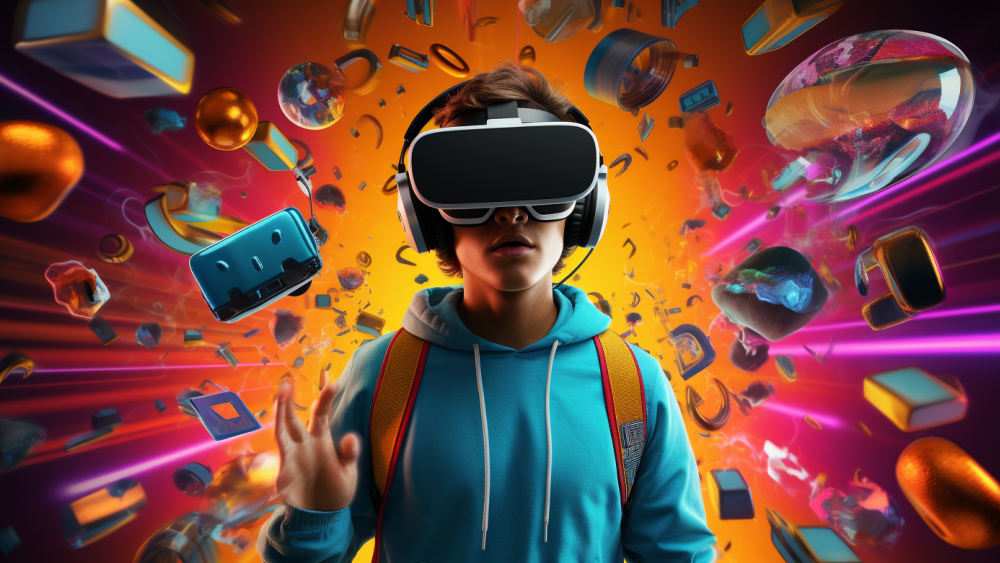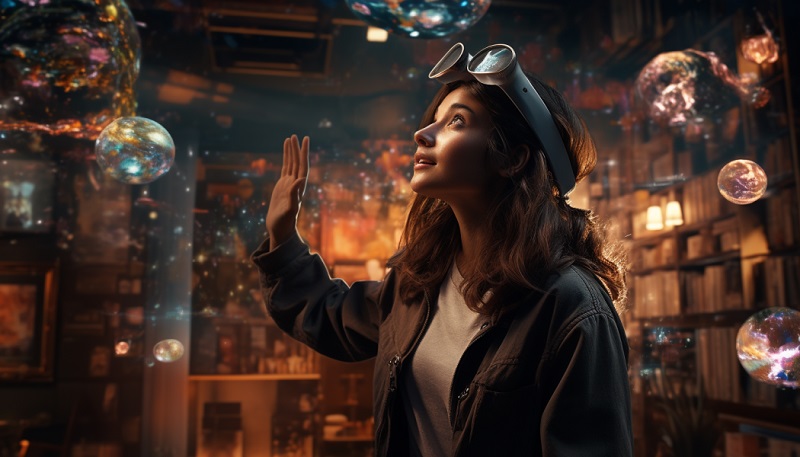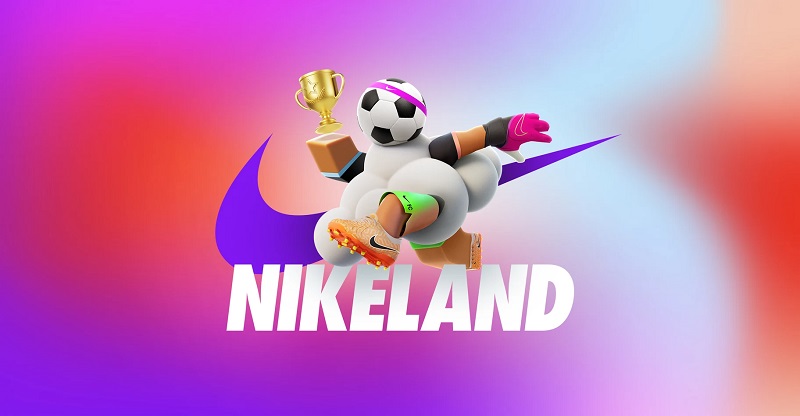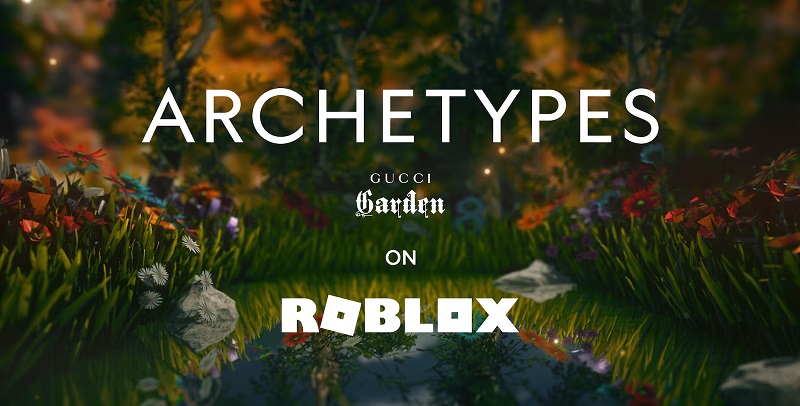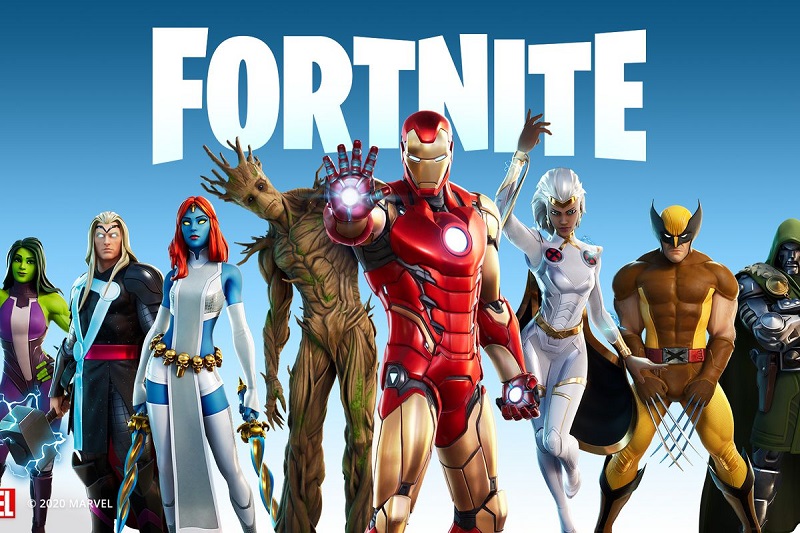In this fifth and final post in our blog series that explores the power of XR technology to create memorable brand experiences, we will dive into the exciting world of the Metaverse—or perhaps metaverses—and look at how businesses, organizations and brands can utilize the power of immersive technologies to create their own virtual worlds in which they can showcase their offerings and connect on a deeper level with their audience.
The term ‘metaverse’ has been on a bit of a rollercoaster over the last year or so. Its usage exploded in popularity in 2022, with experts and professionals all offering their two cents on what exactly the metaverse is and how it will change the world.
Although, after achieving buzzword status, usage of the word “metaverse” has noticeably died down in companies’ marketing materials as of late. In this post, we’ll be referring more to the idea of a private metaverse, as opposed to the more grand scale ideology of “the metaverse.”
For quick reference, the latter usage of “the metaverse” is used to describe the next evolution of the internet that embodies spatial computing in order to merge the physical and digital worlds. The former usage of “a metaverse” (or even “metaverses”) is more often used to describe more of a siloed immersive world (i.e. one built by a company to showcase their products for example).
A New Realm for Brand Engagement
Anyway, with the metaverse definition once again more or less cleared up, unlike traditional digital platforms, private metaverses allow for a more interactive and immersive platform through which brands and audiences can engage with one another.
Platforms such as like ROBLOX for example have democratized access to immersive virtual worlds, enabling brands to create unique experiences that can be accessed via smartphones or computers. For instance, users can participate in virtual events, explore custom branded worlds, and even win real-life rewards.
ROBLOX offers a more accessible entry point into a variety of different virtual worlds, and can add a social or gamified angle to a brand’s marketing and audience engagement strategy. Plus, through the use of technologies such as virtual and mixed reality, ROBLOX can offer an unparalleled depth of engagement. Brands are able to create intricate virtual showrooms, interactive product demos, or even narrative experiences that deeply immerse users in the brand's own world. For those who have access to VR, the brand engagement is not just memorable; it's transformative.
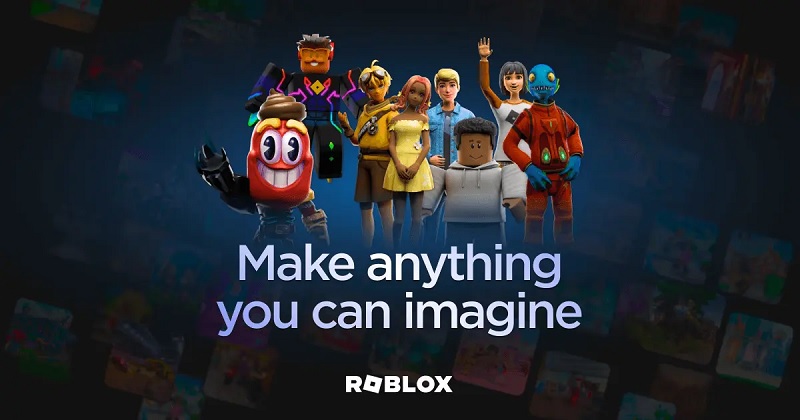
The XR Hardware And Software Enabling New Metaverse Experiences
And now, with mixed reality becoming more mainstream thanks to increasingly more advanced hardware and software platforms that enable on-device functionality such as full-color video passthrough, the opportunities for brands to create interactive XR experiences for customers in their own homes just increased enormously.
With Meta announcing their new Quest 3 device this week for example, mixed reality has stepped into the spotlight. The device, which is the first in the world to be powered by Qualcomm’s new XR2 Gen 2 chipset, is able to automatically map a user’s space and understand important elements like walls, furniture, and objects, meaning users can interact with the virtual world.
This sort of functionality in XR devices will open up a lot of new possibilities for experiences that will let users stay connected to the world around them by incorporating their physical surroundings into mixed reality experiences. Imagine a mixed reality furniture shopping experience that, instead of using augmented reality to place objects using a smartphone (and therefore can only be viewed through a rather limiting smartphone screen), uses a mixed reality headset.
This enhanced level of immersion for users is exactly the sort of powerful experience that brands can capitalize on in order to have their branding and marketing efforts resonate in a much more profound way with their target audiences.
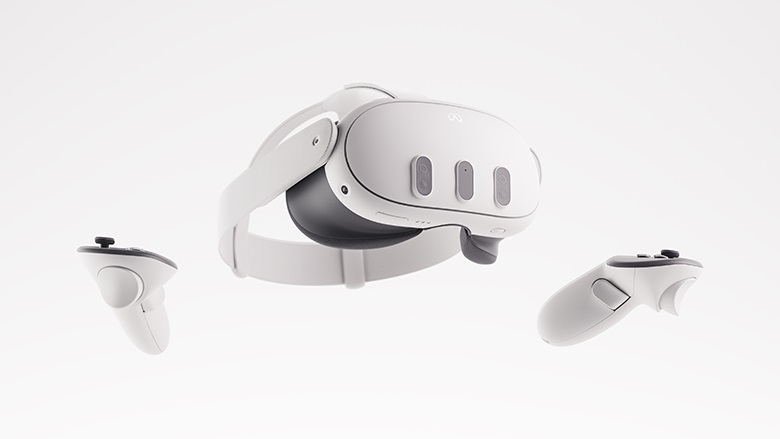
Crafting a Virtual Identity
So, with hardware that is able to run a solid metaverse experience now in place, whether through a VR/MR headset, or on a PC or smartphone, custom metaverses are starting to open up the possibility for brands to create virtual spaces that reflect their identity and values.
Whether it's a virtual fashion show or a digital art gallery, the branding opportunities are endless. Brands can integrate their products, ethos, and even their customer community into these spaces. The key is to offer something of value—be it entertainment, information, rewards and giveaways, or a sense of belonging—that encourages users to return.
Examples Of Branded Metaverses
Some good examples of existing branded metaverse experiences include:
1. Nikeland (on Roblox)
Nikeland is a “micro metaverse” built within the Roblox ecosystem by iconic sportswear brand Nike. The virtual world allows users to dress up their avatars in Nike-branded sneakers and apparel, explore a digital landscape filled with Nike's latest collections, participate in virtual events, and even customize their own virtual sneakers.
2. Gucci Garden (also on Roblox)
Gucci Garden allowed users to explore a digital garden filled with Gucci products. The immersive multimedia experience was created concurrently with the unveiling of the fashion brand’s ‘Gucci Garden Archetypes’ in 2021. The virtual Gucci Garden space opened its doors to users on Roblox and allowed visitors to try on virtual outfits, participate in exclusive events, and even purchase digital or physical items directly from the space.
Although not a standalone metaverse, the collaboration between Fortnite and Marvel has created a unique branded experience within the Fortnite world. Players can assume the roles of their favorite Marvel characters, complete with themed challenges and storylines. The collaboration serves as a marketing platform for Marvel while adding a new layer of engagement to Fortnite's already expansive universe.
Implementation: The Nuts and Bolts
Creating a custom branded metaverse experience isn't quite as simple as creating a filter on social media; it requires a multidisciplinary approach. Brands need to collaborate with UX/UI designers, 3D artists, software developers, and others in order to create a seamless and engaging virtual world. The architecture of these spaces must not only be visually appealing but also intuitive to navigate. Moreover, the backend needs to handle data securely, especially if the metaverse involves e-commerce functionalities.
However, for companies and brands that may not quite have the financial or technological resources at their disposal to build an entirely custom metaverse or virtual world on their own, there are plenty of options available that allow for the paid placement of branded items and products in existing metaverse platforms. Navigating this can be a little complex, but there are agencies out there who work to assist brands with placing advertisements in virtual worlds. For many brands, hiring a specialized metaverse agency to do the heavy lifting for immersive ad placement will often work out cheaper than going the entire process alone.
Ethical and Inclusive Design
As brands venture into creating their metaverses, ethical considerations come into play. Data privacy is paramount and users should be informed about how their data is being used and stored, particularly for marketing purposes. Additionally, inclusivity and accessibility should be a focus, and metaverse experiences should be designed to be accessible to all. Finally, it is important for brands to ensure that whatever space or environment they choose to create is welcoming and safe for all users, irrespective of their gender, race, or background. Remember that a bad experience for users in a virtual world tied to a specific brand name could ultimately result in users attributing an overall negative experience to the brand as a whole.
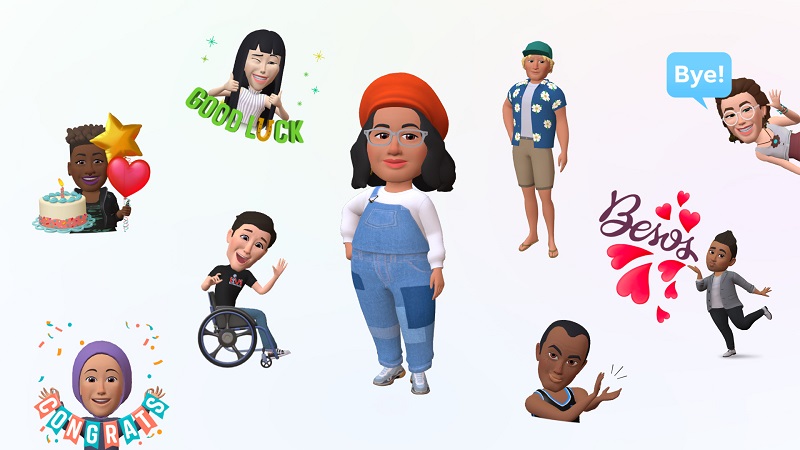
The Value: Beyond the Virtual
Metaverses offers brands a unique opportunity to foster community, enhance brand identity, and explore new avenues for customer engagement and monetization. Beyond the sale of virtual goods and e-commerce, brands can use virtual worlds to strengthen their connection with their customers and target audience.
Whether through added perks, access to exclusive experiences, premium content through paid memberships, or even partnerships and collaborations with other brands to create cross-promotional experiences, a metaverse or virtual world is a chance for brands, companies and organizations to offer experiences to their customers that are simply not possible in the real world.
Additionally, brands can (ethically) monitor user behavior within their own virtual worlds, and gather valuable insights into customer preferences, behaviors, and even unmet needs (again, as long as this is disclosed clearly to users of the space).
Challenges and Risks
While the Metaverse offers a range of opportunities, it's certainly not without its challenges. For example, the cost of creating and maintaining a virtual world can be expensive, and there is always the risk of low user engagement. Plus, brands must continually update and refresh their Metaverse experiences to keep users coming back, or risk investing in an experience that has an extremely short shelf life if they don’t update things. Security could also be a concern; with transactions happening in the virtual world, brands must invest in robust cybersecurity measures to protect user data, and this might be a headache that some companies might not see as worth the hassle.

Where to learn more about branded XR experiences
As we stand on the cusp of this new digital frontier, brands have a unique opportunity to redefine what customer engagement means. The Metaverse is not a passing trend; it's set to become an integral part of our digital lives. Brands that can successfully leverage its potential stand to gain not just in terms of revenue but also in brand loyalty and customer satisfaction.
If you’re looking to learn more about the best ways to engage your customers and target audience with XR, there is no better place to start than at AWE’s global events. With AWE EU just under one month away, make sure you get your tickets now to begin your new brand journey into the world of augmented and virtual reality.
